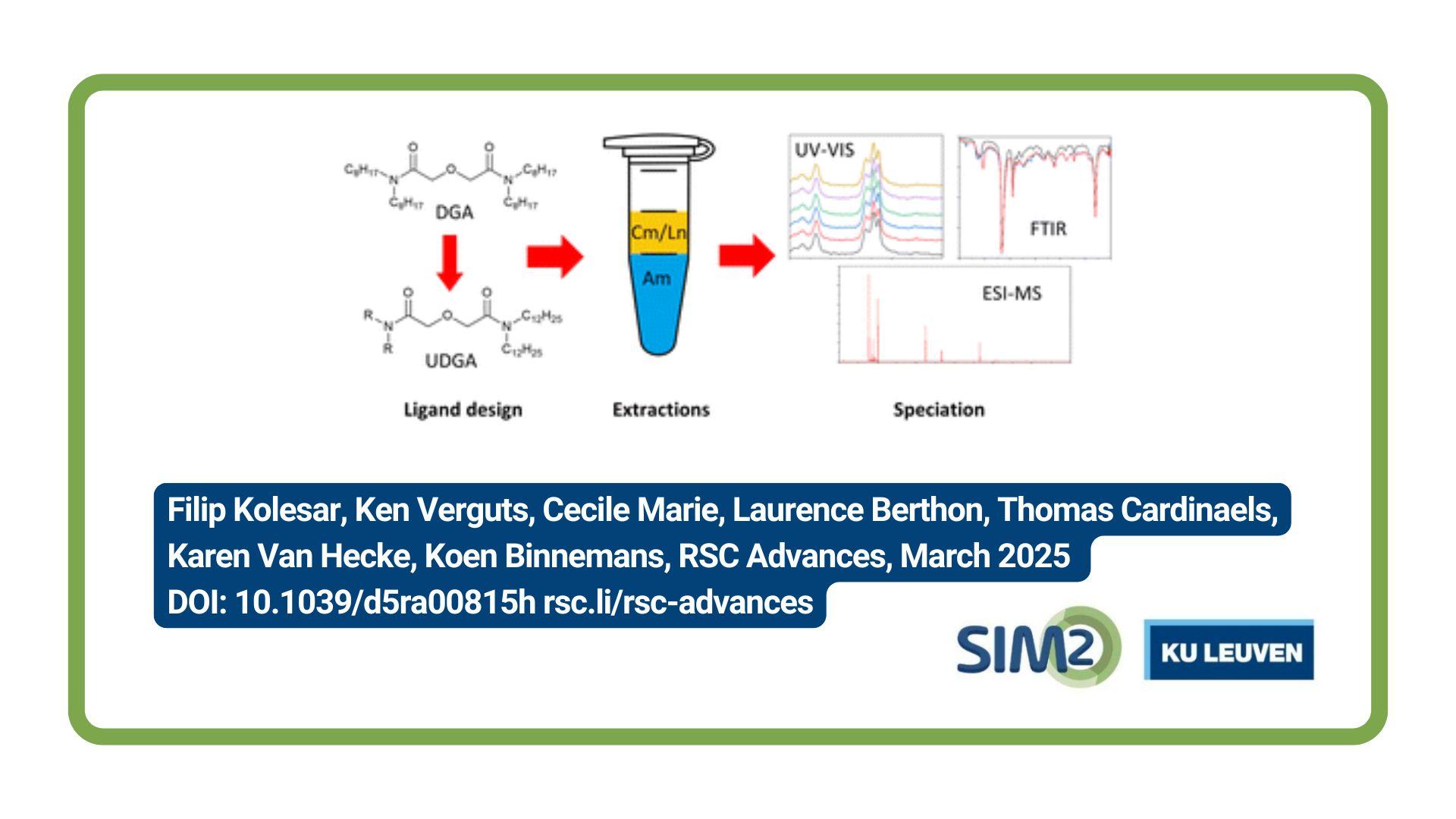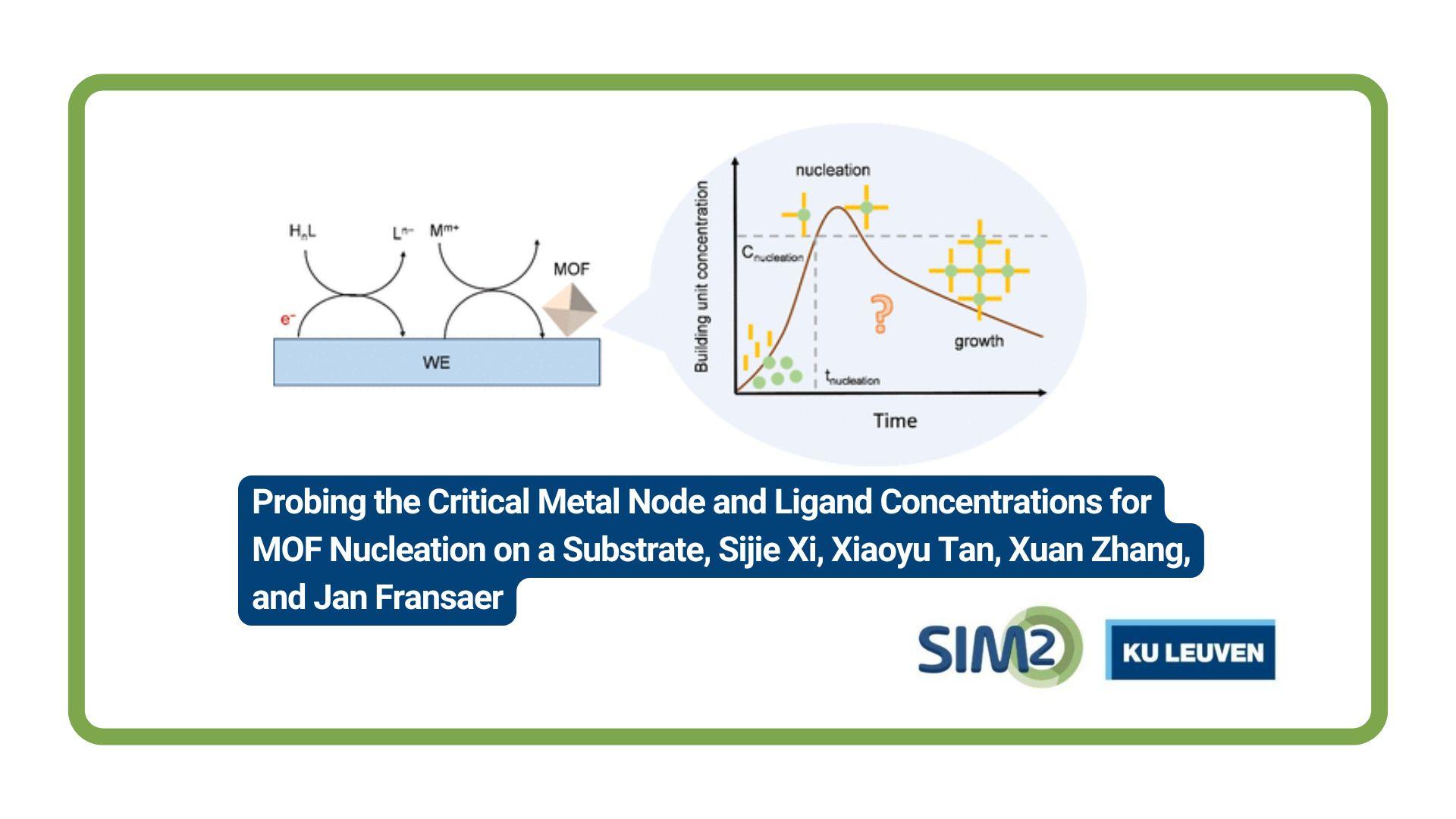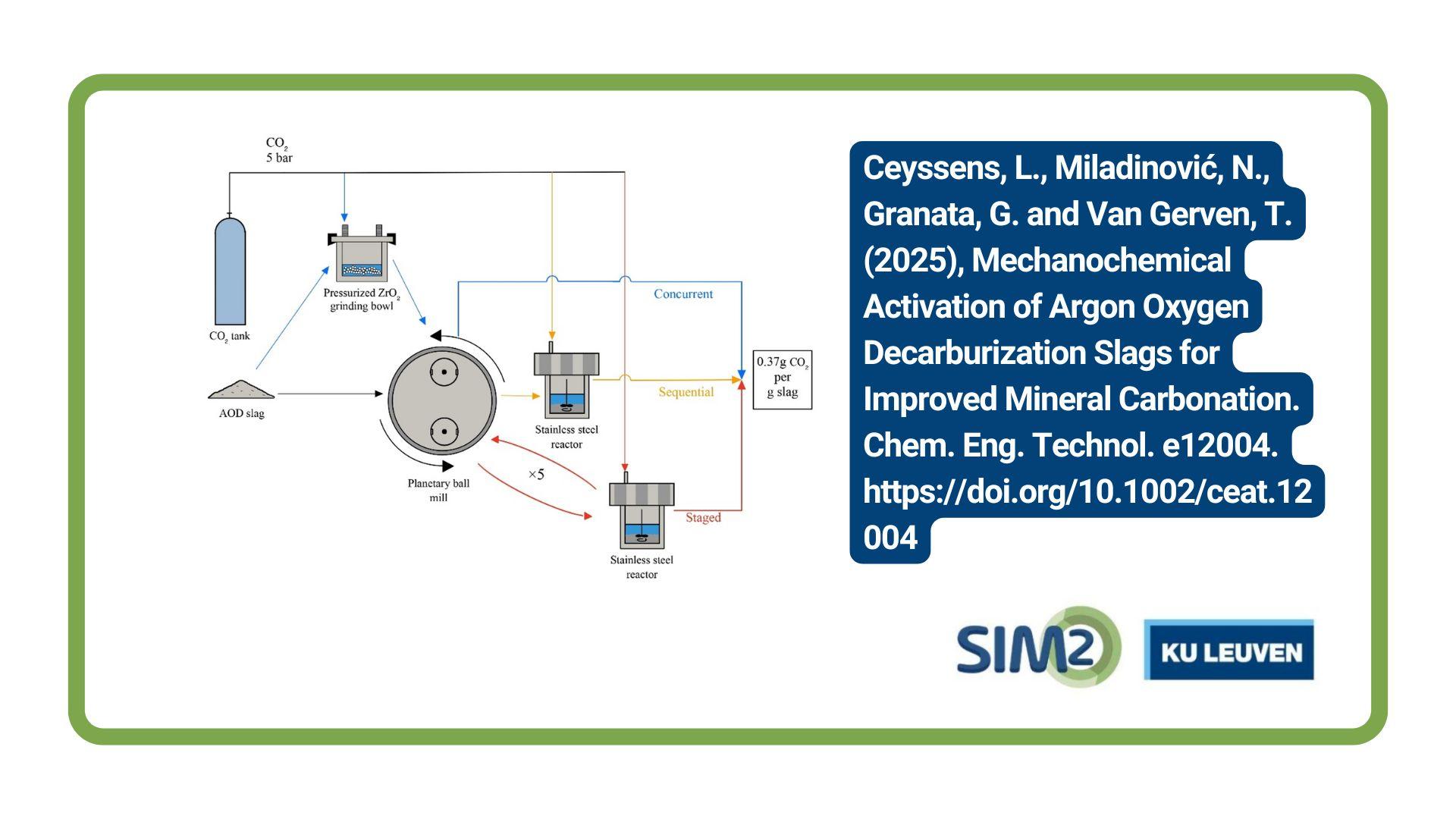Anouk Borst of the Department of Earth and Environmental Sciences, KU Leuven, Belgium, together with colleagues from Austria, China, Canada and the Netherlands will have a poster at EGU General Assembly from 27 April to 2 May 2025. The poster is entitled Vermicular petalite-orthoclase intergrowths in quartz: A natural occurrence of stuffed quartz and its implications for economic lithium mineralization.
Peraluminous rare-metal granites from South China constitute the largest, minable hard-rock lithium resources in the world. An ongoing debate is whether the Li in these granites was concentrated to economic grades via igneous processes alone, or whether metasomatic processes played an indispensable role in achieving economic grades. The Yichun deposit is a suitable locality to study lithium mineralization processes; here, a zoned petalite (LiAlSi4O10)-bearing pegmatite sheet was intruded by underlying Li-rich granites, where both the pegmatite and granites have previously been interpreted to have originated from the same magma. Two types of sequentially crystallized quartz are present in the core zone of the pegmatite. An early quartz yields similar δ18O values to magmatic graphic quartz. This early quartz is fractured, free of mineral inclusions, and was crosscut or partially replaced by an inclusion-rich, late quartz, which exhibits comparable δ18O values to magmatic quartz, as opposed to the higher δ18O values of hydrothermal quartz at Yichun. Titanium-in-quartz thermobarometry constrains that both quartz generations were formed at comparable temperatures to the magmatic graphic quartz and share a magmatic origin. The inclusions in the late quartz are a vermicular variety, composed of abundant petalite and lesser orthoclase. Image analysis-based mass balance calculations yield an average of 2,300 ppm Li in the original melt that formed the mineral assemblage in the late quartz. Such a Li abundance is lower than the minimum Li (~5,000 ppm) required for direct crystallization of petalite from a peraluminous melt. The petalite inclusions are, therefore, interpreted as exsolution from a transient, magmatic quartz-petalite solid solution containing ~2,300 ppm Li and ~8,000 ppm Al that chemically resembled the stuffed quartz synthesized from crystallization experiments. To attain ~2,300 ppm Li in the core zone, 90% fractionation of an initial pegmatite melt containing ca. 300 ppm Li is sufficient, and formation of a boundary layer to concentrate Li is not required. The current evidence suggests that up to 1.2 wt% Li in the Yichun granite-pegmatite system resulted from metasomatism that further added Li. Such metasomatic enrichment likely applies to analogous systems in South China.
Reference
Wu, M., Samson, I., Borst, A., Diao, X., Beard, C., and Hou, Z.: Vermicular petalite-orthoclase intergrowths in quartz: A natural occurrence of stuffed quartz and its implications for economic lithium mineralization , EGU General Assembly 2025, Vienna, Austria, 27 Apr–2 May 2025, EGU25-5354, https://doi.org/10.5194/egusphere-egu25-5354, 2025.





